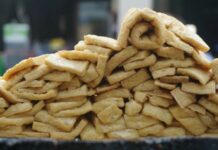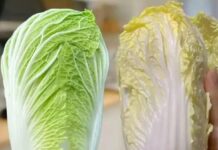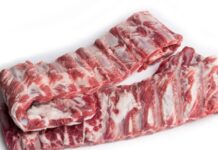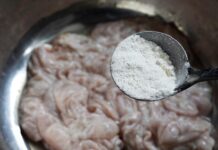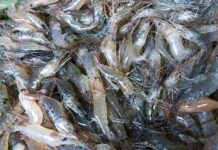The nưa plant, also known as the water yam, is a species of the Araceae family with the scientific name Arisaema erubescens. This plant is native to moist areas and was once commonly found growing wild on the edges of rice fields, canals, and ponds. Today, many farmers are cultivating this crop, with harvests typically taking place towards the end of winter.
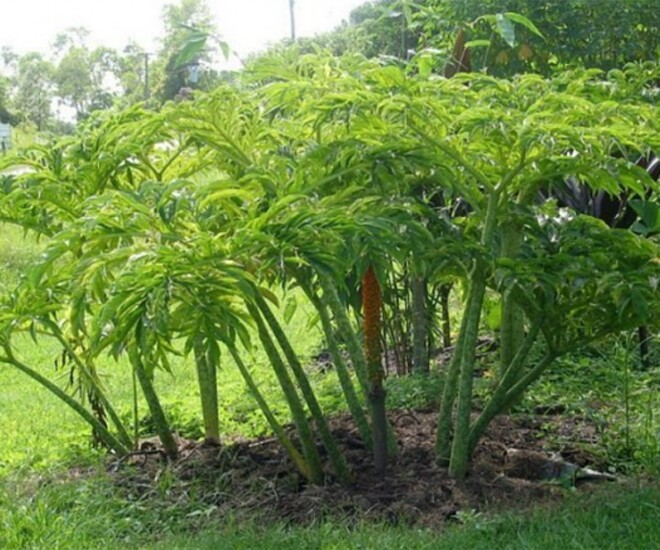
Nưa is a specialty in Huế
The nưa plant offers two harvestable parts: its tuberous roots and its stems. In Huế, the stems of the nưa plant are traditionally called “chột nưa.”
“Chột nưa can be used in various dishes, but it is most delicious when cooked with small fish such as cá cấn, cá mại, cá mương, and cá sơn. In the winter, Huế experiences heavy rain and flooding, but this is also when the nưa plant thrives, and the rivers and canals are abundant with small fish. Combining chột nưa with these fish creates a mouthwatering dish, especially when served with hot rice on a cold day. The taste is slightly bitter and nutty.
In addition to fish, chột nưa can be used in sour soups, cooked with shrimp, bone broth, or stir-fried with meat. Nowadays, many restaurants and eateries in Huế use chột nưa for hot pot,” shared Thanh Loan, a resident of Quảng Điền district in Huế.
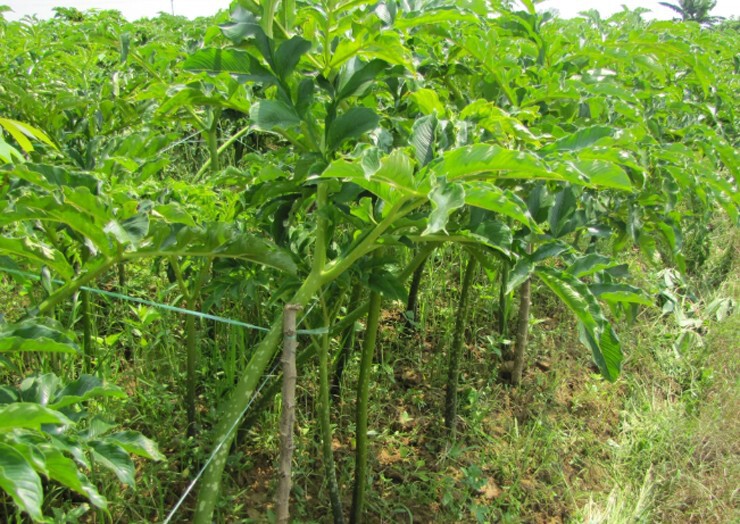
Chột nưa has been used in traditional dishes for a long time.
For the fish and chột nưa soup, the chột nưa is cooked until soft, then simmered over low heat. The fish or meat is stir-fried in a hot pan and then added to the pot of chột nưa. The mixture is boiled for an additional 5 to 10 minutes, with a touch of Huế shrimp paste added for flavor. Season to taste, and garnish with spring onions and parsley before serving. This dish is so memorable that anyone who tries it will crave it again.
In Huế, many households cultivate chột nưa for sale in the market. While nưa is not a new crop, it offers high economic value. After four months of cultivation, a grower can expect a profit of 10 to 15 million VND per sao (a unit of area). After harvest, the produce is purchased by traders who then supply it to various provinces or peel and package it for sale to restaurants and eateries.
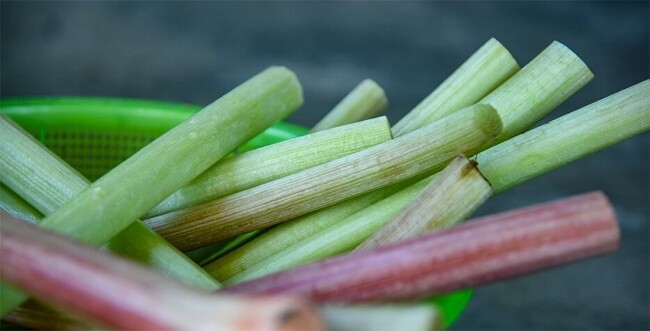
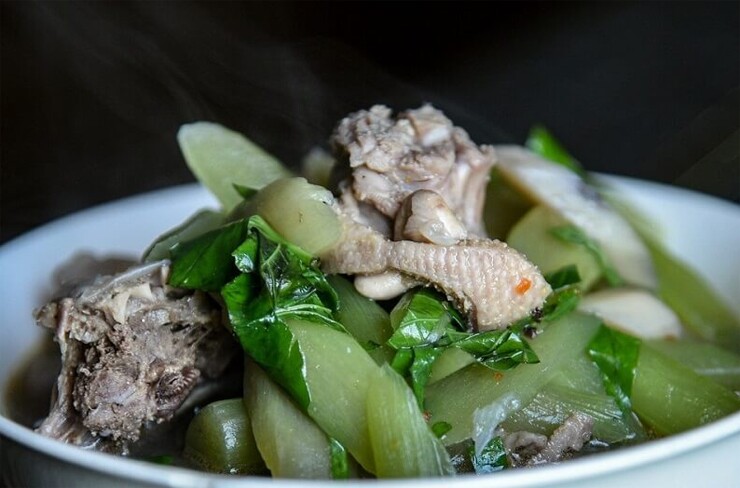
Chột nưa has a crisp, refreshing taste with a mild bitterness and a sweet aftertaste. It goes well with meat, fish, or shrimp.
Online, chột nưa sells for around 60,000 VND per kilogram. This unique and flavorful ingredient, once a staple of the poor, has recently gained popularity among city dwellers. “Chột nưa is crisp and refreshing, with a mild bitterness and a sweet aftertaste,” said Ngọc, a resident of Đà Nẵng. “I often buy it to make bone broth or to blanch and mix with shrimp and meat for a salad. My family loves it.”
Huế is also famous for its pickled nưa, or “dưa nưa.” The process of making dưa nưa is similar to making pickled cabbage or pickled taro, but dưa nưa has a nuttier flavor and never causes mouth irritation.
According to traditional Chinese medicine, nưa has a spicy and warm nature. It possesses antibacterial, anti-inflammatory, fever-reducing, and detoxifying properties. Fresh nưa tubers can be crushed and applied to inflamed areas, boils, abscesses, or snakebites.











